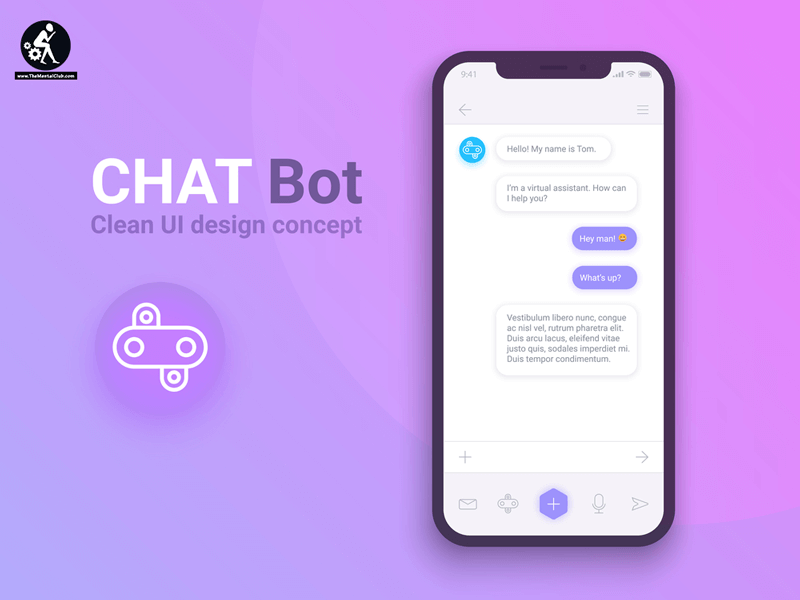

For users who just want a quick answer to a question or a fast transaction, chatbots can be a perfect fit with little error. The benefits of chatbots have already begun to reveal themselves in: The Benefits of ChatbotsĪs the need for immediacy drives much of what we do online - from ordering a pizza to checking on our local weather for the day - chatbots serve a similar purpose. Gartner estimates that by 2020, nearly 50 percent of medium and large sized corporations will incorporate chatbots to their digital strategies, and 85 percent of online interactions between consumers and brands will be non-human, relying primarily on chatbots. According to a 2016 Nielsen survey, 53% of people are more likely to shop with a business they can message directly, and 56% of people would rather message than call customer service.Īs a response, companies are integrating chatbot technology into their website UX. Thanks to the rising use of text and online messaging like Facebook Messenger and WhatsApp (among many others), as well as the increase in voice assistants like Siri and Alexa, users have become more comfortable with “chatting” to their brands to get the answers they need. What are Chatbots?Ĭhatbots are an artificial intelligence (AI) feature that connects your customer or user with a “conversational” computer program to answer questions or carry on conversations. Here’s what you should know about chatbot UX in the evolution of website strategy and planning.

Maybe it was asking for help finding something on a website, or maybe you were trying to order a product online, or maybe you were trying to make dinner plans with friends via Facebook Messenger.Ĭhatbots are on the rise on the web and they’re being met positively by users around the globe. I also changed the visual design to have a divided section for the extracted details and different colors for the extracted details.Raise your hand if you’ve ever relied on a chat feature for customer service help on a website. In that case, the background dialog flow will turn into the other intent's dialog flow and highlight the node in that flow. The user can change the intent if the system extracted the wrong intent. The details (extracted intents) will appear expanded for the most recent bot message.

The selected message will always be a bright blue, even if it is a previous message. The messages will turn a lighter blue the older they are (like iMessage). Clicking on any message in the sandbox will pan to the corresponding node. The dialog flow map will also pan to which node it is. The node will have a blue highlight to signal where the response came from. I started with the new functionality: highlighting which node the bot response came from. Highlight which node the bot response came fromĪbility to switch intents if system incorrectly matched it The test conversation provided information on which intent is matched and what entities are extracted. The previous design had a basic layout of a test conversation on the side and the dialog flow designer in the back. There was an earlier version of the sandbox but the team wanted to improve it and add some more functionality. The sandbox is a place where users can play around and test their chatbot.


 0 kommentar(er)
0 kommentar(er)
